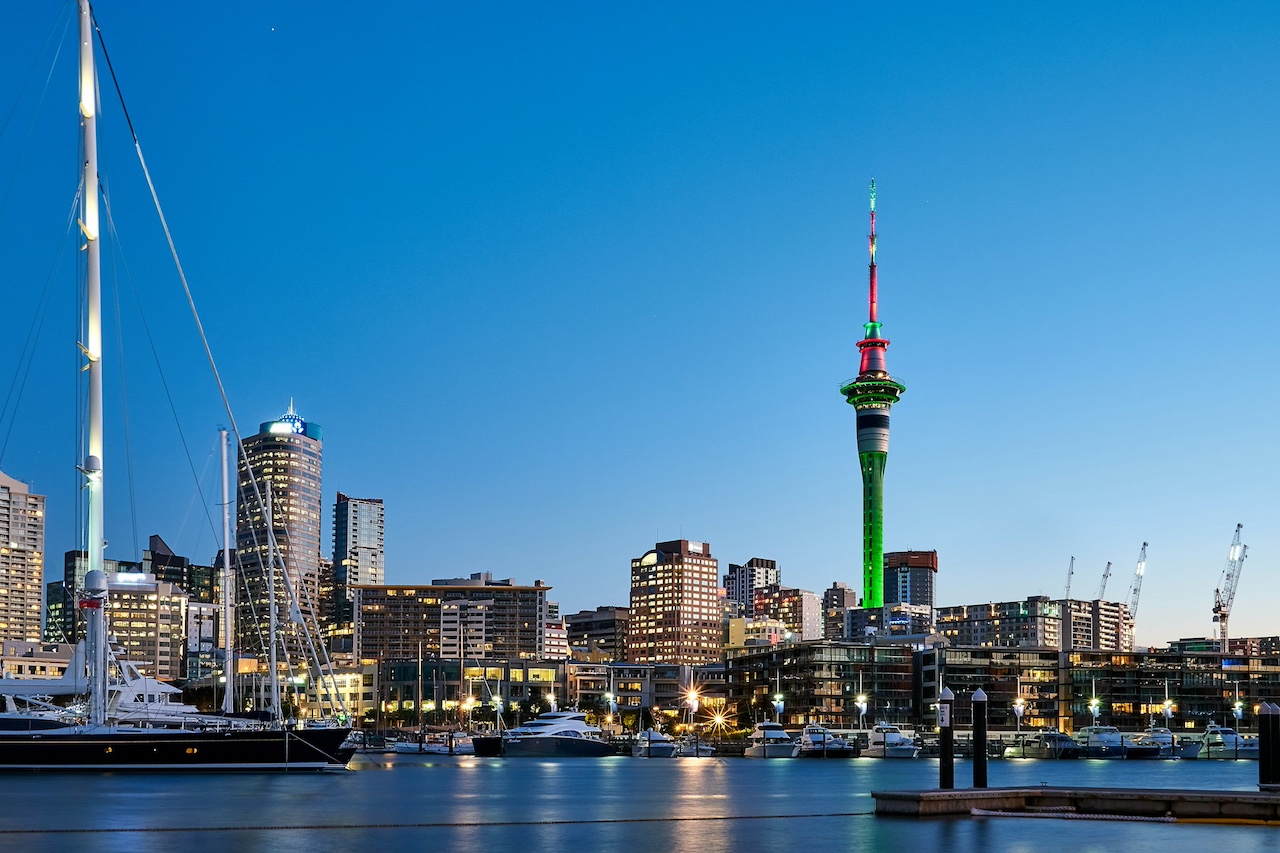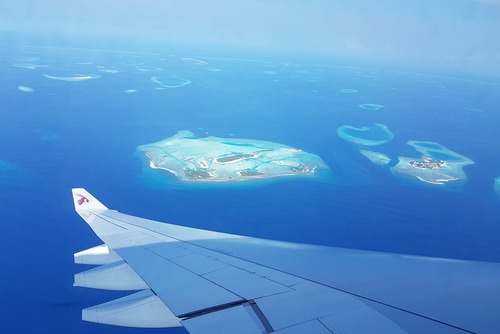One branch of this technical and digital strand is the development of smart cities. This doesn’t mean the city is clean and tidy (although in the cases discussed here, they are!) but more about how the city is managed using technology.
In the article below, we’ll dissect smart cities in New Zealand and see how digital innovations are shaping the country in this modern age.
Understanding smart cities – what are they?
The definition of a smart city is fairly broad and there are variations depending on the initiatives the city utilizes. A smart city is essentially any city that uses electronic data collection and sensors to more effectively manage systems, resources and assets that the public use in the city.
Examples of city networks and infrastructure that can be “smart” include:
- Power plants.
- Power generation.
- Electricity grids.
- Urban forestry.
- Transportation.
- Waste networks.
- Community services.
- Public facilities (schools, libraries, hospitals etc).
- Information networks.
With these networks and infrastructure, it takes a combined effort from the government and private companies to utilize smart technology and provide better services for a city’s inhabitants. Dubai, Brisbane and Taipei are three examples of thriving smart cities that have taken the concept to the next level.
For example, Taipei created the Taipei Smart City Project back in 2016, which pushed for the revolution of the city using smart systems. Similarly, in Brisbane, smart poles have been installed around the city that track a range of data including air quality, noise and light pollution. This info is then relayed to the city council to make improvements.
Dubai has been creating smart initiatives since 2013 and this includes things like smartphone access for public sector services (hospitals etc), and even city-wide payment apps like DubaiNow and mPay. They have even implemented a smart payment card that citizens can use to make payments for any type of public transport.
Each building within Dubai also has a scannable QR code that provides important information about its operation.
Recognized smart cities in New Zealand
Currently, New Zealand has three cities that are considered smart: Hamilton, Wellington and Christchurch. The smart features revolve mainly around transportation management and safety, which are especially important due to the dense population of the cities.
This includes the use of smart radar technology, safety surfacing and smart traffic management systems. For example, the three cities have extensive smart radar networks that allow for the effective monitoring of traffic. Traffic management organizations can optimize traffic flow, alter traffic light timings and monitor aspects like bus lanes in real-time to help ease congestion and reduce the chance of accidents.
There is also widespread implementation of safety measures in these three cities. This is seen in different types of color-coded roads and pavements to help direct traffic flow. For example, many areas of Hamilton and Christchurch have anti-skid cycle lanes that help prevent accidents and encourage people to reduce their car usage.
Auckland is also making strides and is already recognized as a fantastic example of a smart city. It also utilizes these transport management systems, together with other measures. Other exciting smart city features implemented include things like 5G connectivity, smart bins and even benches with USB charging capabilities.
Aside from smart city development, New Zealand is also pushing other digital boundaries, with online casino NZ availability. Indeed, online casinos are one area seeing growth and NZ players have a huge range of platforms to choose from and online pokies to play. This connects perfectly with cities like Auckland, where 5G connectivity is widely available for live dealer games.
In future, more NZ cities will become smart
Considering how densely populated specific areas of New Zealand are, it makes sense that there is a push for smarter management and use of digital innovation. The country’s population is divided into just 16 living areas, with much of the land being sparsely populated or unpopulated.
Because cities like Hamilton, Wellington and Christchurch have such dense populations, they need to run effectively, and taking the smart city approach is a great way to do this. Auckland is already pushing and making changes, but compared to the smaller cities, it poses a greater challenge due to its 1.4+ million population.
It is expected that developments in the next most populous cities of Tauranga (which is a fantastic destination in New Zealand), Lower Hutt (113,000) and Dunedin (106,200) will emerge in the future. It’s interesting to see how this concept from the government progresses and it’s not out of the realms of possibility that all the 20 recognized cities in NZ will eventually become smart.








